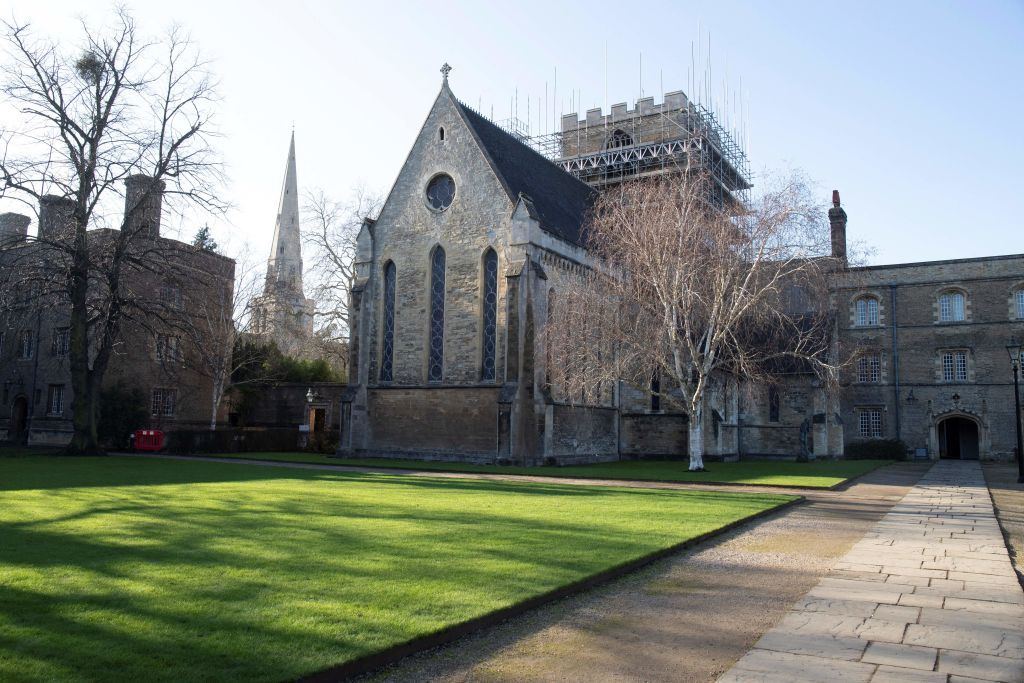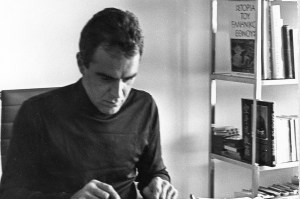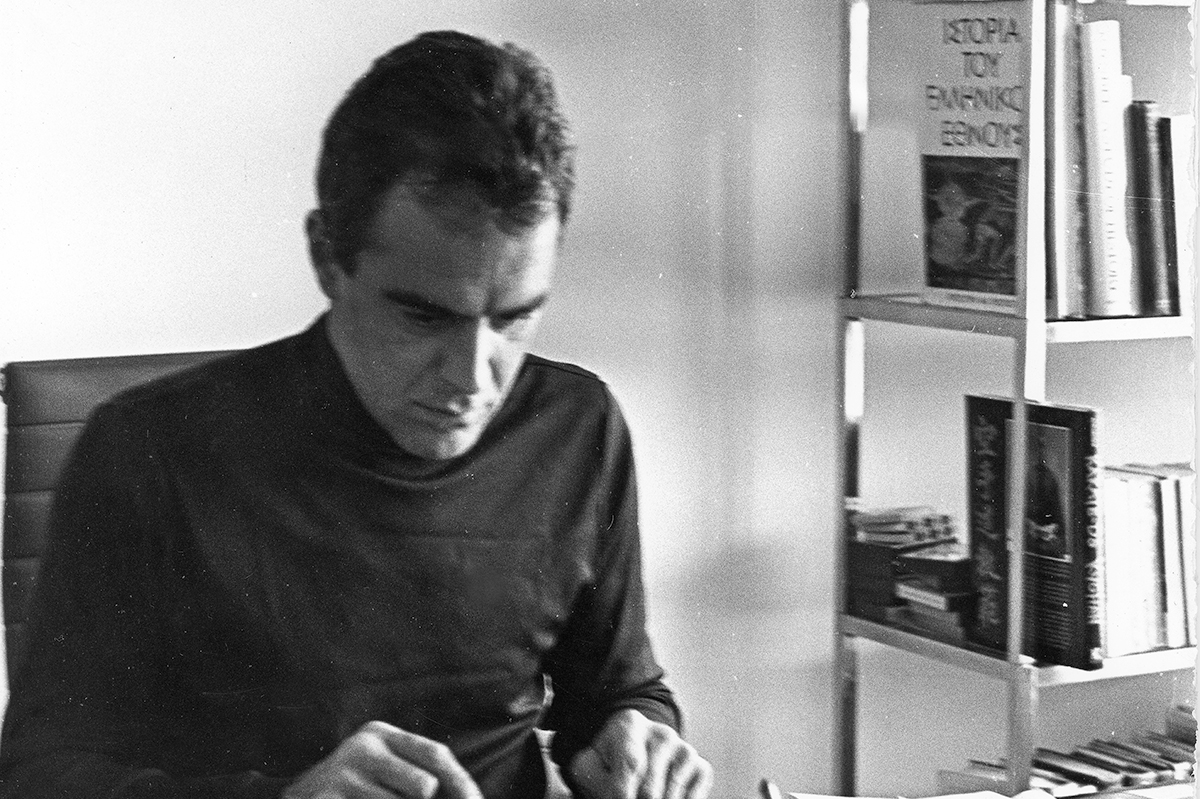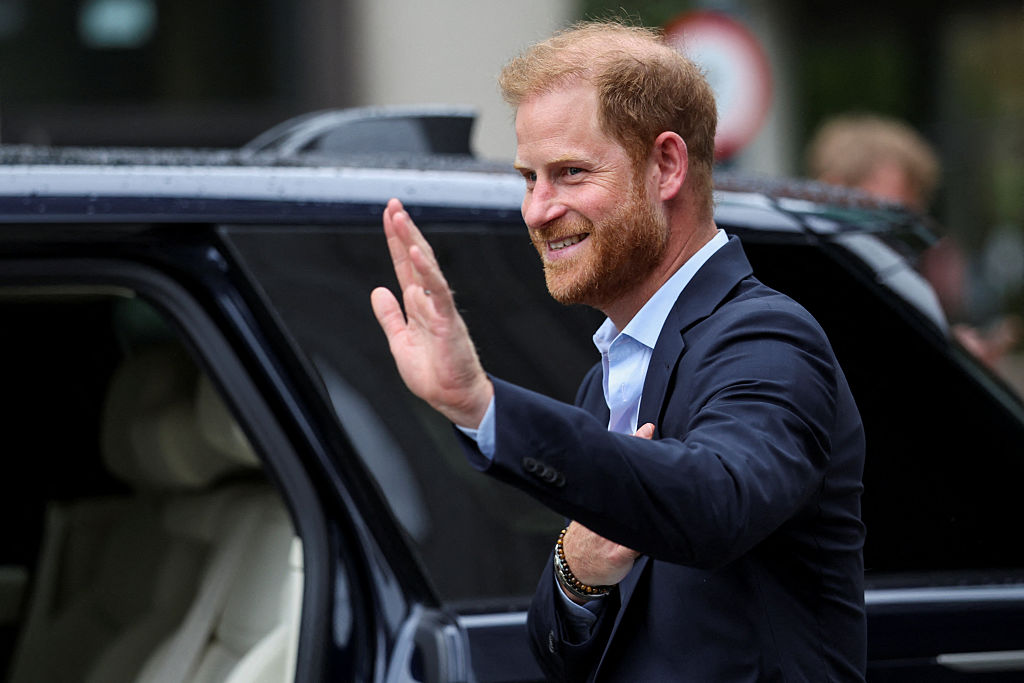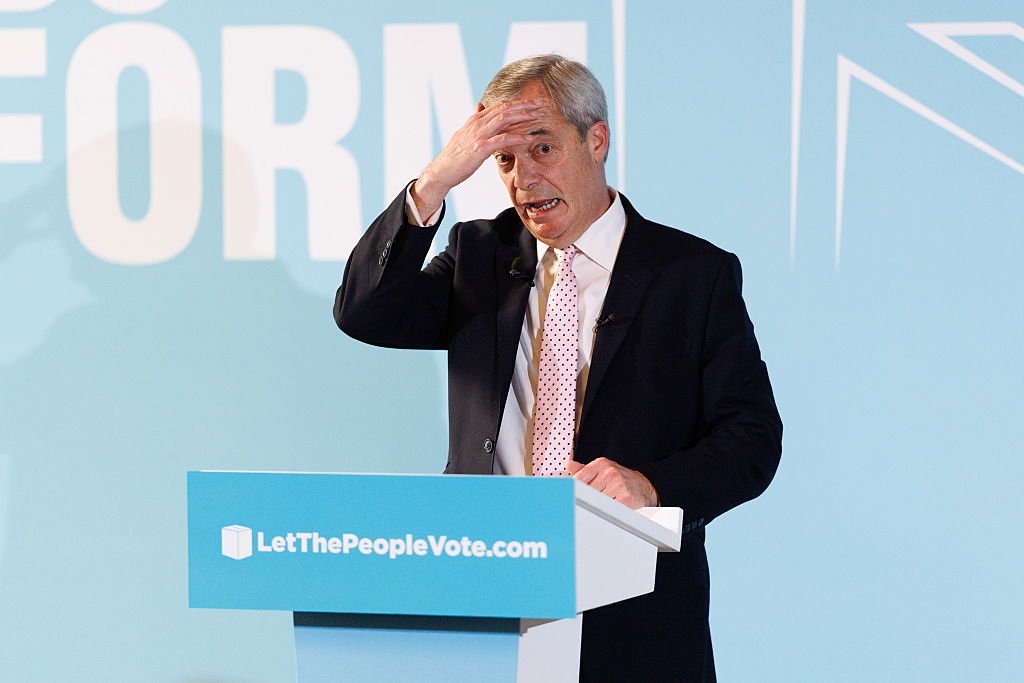“Oxford or Cambridge?” No, it isn’t just shorthand for which of Britain’s most famous universities you attended — or were rejected from. It’s also a question about your taste in weekend vacation spots. Oxford is an urban, bustling city, full of multiculturalism, wide-eyed gangs of tourists and a literary heritage that’s long since tipped over into cliché. Think Alice in Wonderland, C.S. Lewis, J.R.R. Tolkien, even — God help us — Harry Potter, claimed for posterity because of its use of Christ Church as a filming location.
But its Eastern cousin — decidedly not Cambridge, Massachusetts — is a very different proposition. Although it’s about the same distance from London — fifty miles, give or take — it’s not part of the Midlands urban sprawl that Oxford is buried in. Instead, the impression that Cambridge gives visitors is of a tony market town, rich in history and atmosphere, that has somehow absorbed a major institution. It’s an unlikely but generally successful marriage that gives the city a more coherent feel than Oxford, lacking some of its rival’s snobbery and Brideshead-inspired tweediness, and making up for it with a wryer sensibility. If you visit Trinity College, you will be shown the rooms in which Lord Byron kept his bear before he left the university citing boredom with his studies. It is not reported what happened to the bear.
Yet even if you don’t find ursine companions of poets roaming the streets of Cambridge, there are plenty of other aesthetic, culinary and historic distractions. Perhaps the finest small museum in Britain is Kettle’s Yard, the perfectly preserved home of the art collector Jim Ede, a former curator at the Tate who built up one of the major collections of twentieth-century avant-garde art, and, along with his wife Helen, displayed it in four converted cottages. He gave his house and possessions to the university on his retirement in 1966, and today it’s a haven of civilized artistic contemplation, allowing visitors to take a forty-minute tour of the Edes’ peerless collection.
The other major museum — a twenty-minute or so walk away, because nothing is ever too far from anything else in Cambridge — is the Fitzwilliam, which has a fine collection of art by everyone from van Gogh to Titian, but which can feel overwhelmingly grand as an institution. When I last visited, a David Hockney-led takeover, “Hockney’s Eye,” did a fine job of puncturing some of its innate pomposity, bringing a splash of color and merriment to what can be a dry place. More fun can be had round the corner at the Scott Polar Research Institute, a stirring tribute to the triumphs — and sacrifices — of polar explorers who traveled to the ends of the earth. If you can read the final letters of trapped men who knew that their deaths were inevitable without finding something in your eye, then you’re probably an Elon Musk-approved simulation.
Those of us who are human will find great succor in some of the city’s many cafés, bars and restaurants. For a quick bite, the aptly named Bread and Meat provides peerless porchetta sandwiches and poutine. Those after a drink somewhere historic can either brave the tourist-centric Eagle, where Crick and Watson famously discovered DNA, or the more tucked-away Maypole, which boasts perhaps Cambridge’s best selection of craft beers. And if you want fine dining Michelin glory, the two-starred Midsummer House, under chef patron Daniel Clifford, is regularly voted one of Britain’s, if not the world’s, greatest restaurants, serving up a mighty tasting menu for an equally mighty $350 or so per person.
And, of course, you’ll want somewhere to stay. The Varsity hotel, round the corner from the Maypole, is perhaps Cambridge’s most beloved boutique hotel, with a highly-regarded spa, fantastic views from floor-to-ceiling windows overlooking Magdalene College and a top-floor cocktail bar that locals and visitors alike swarm to. But the city’s most lauded establishment is the University Arms, which styles itself as “undeniably British and quintessentially Cambridge.” It is a rosewater-scented paean to tasteful luxury that encompasses everything from a library curated by London’s cult aristocratic bookseller Heywood Hill to bathrooms in which the dulcet tones of Alan Bennett can be heard reading that quintessential classic The Wind in the Willows. Guests at the hotel usually dine at the excellent Parker’s Tavern, where local boy-made-good Tristan Welch serves up a modern British menu that does sublime things with locally sourced fish and meat, and then retire to comfortably appointed rooms, some of which have balconies overlooking Parker’s Piece, one of the city’s most bucolic green spaces.
A weekend in Cambridge, then, is a uniquely civilized — and wholly British — experience. It’s light on the quirk but heavy on the charm, and will offer you memories that will stay with you for the rest of your life if you’re prepared to spend forty-eight hours or so going along with its delights. Less than an hour from London, it’s a world away in atmosphere. So head there, and remember the words of the poet and scholar A.E. Housman: “I find Cambridge an asylum, in every sense of the word.”



